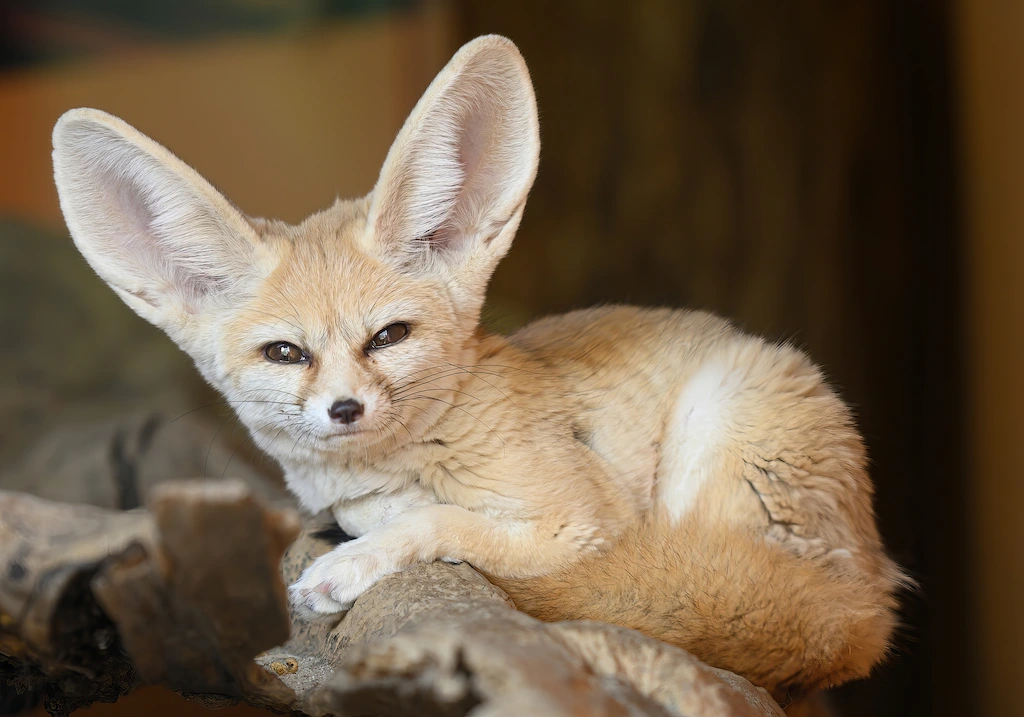From Rock Faces to Rainforests
Step into Africa’s incredible diversity of habitats at Wilhelma’s African Themed World. From desert sands to forest shadows and rocky cliffs, this area showcases both well-known and lesser-seen species in naturalistic settings. The journey stretches from the Subtropical Terraces all the way to the Asian Hoofed Animal Zone.
At the heart of this world lies the Giraffe House, built in 1980, home to graceful reticulated giraffes, elusive okapis, bushy-eared fennecs, tiny elephant shrews, and rare birds like the Von der Decken’s hornbill and Congo peafowl. Visitors can marvel at the world’s tallest land mammals or observe how okapis, their rainforest relatives, lead solitary lives away from the herd.
Savannah Companions
The open plains host Grevy’s zebras, Dorcas gazelles, scimitar-horned oryx, Somali wild asses, and shy kudus. Zebras stick close to water, while the resilient Somali wild asses can survive several days without a drink. Together, these species share an expansive enclosure, mimicking the rich biodiversity of real African savannahs.
Watchful Meerkats
Social and alert, the meerkats always post sentinels to watch for predators. When danger is near, they emit sharp alarm calls, prompting the group to retreat into underground tunnels. Their young are raised by the entire community, and learn survival skills from the adults—including digging and hunting.
Hidden Forest Creatures
On the forest side of the Giraffe House, you’ll find rare bongos—beautiful striped antelopes that blend perfectly into the leafy undergrowth—and miniature dik-diks, standing only 45 cm tall. These small antelopes regulate body heat through their flexible, enlarged snouts—a perfect adaptation to Africa’s high temperatures.
Life on the Rocks
The rocky hill habitat, built in 1975, is home to geladas, rock hyraxes, and Barbary sheep (Aoudads). Despite their appearance, rock hyraxes are surprisingly related to elephants and manatees. Geladas display sharp fangs for self-defense, while Barbary sheep climb and graze in groups across the terrain.
Cheetah Conservation
Cheetahs once roamed across Africa and Asia, but now survive only south of the Sahara. Wilhelma joins the European Endangered Species Programme (EEP), maintaining male and female cheetahs separately to encourage natural breeding behavior. Males live together near the Belvedere, while the female has a private enclosure adapted from the old polar bear habitat.
Spotted Wildcats
Wilhelma also houses servals, slender wildcats with long legs, large ears, and spotted coats. They are superb rodent hunters, using their famous “mousetrap pounce” to strike from above. A new habitat is currently under construction just below the Asian hoofed animal area.


